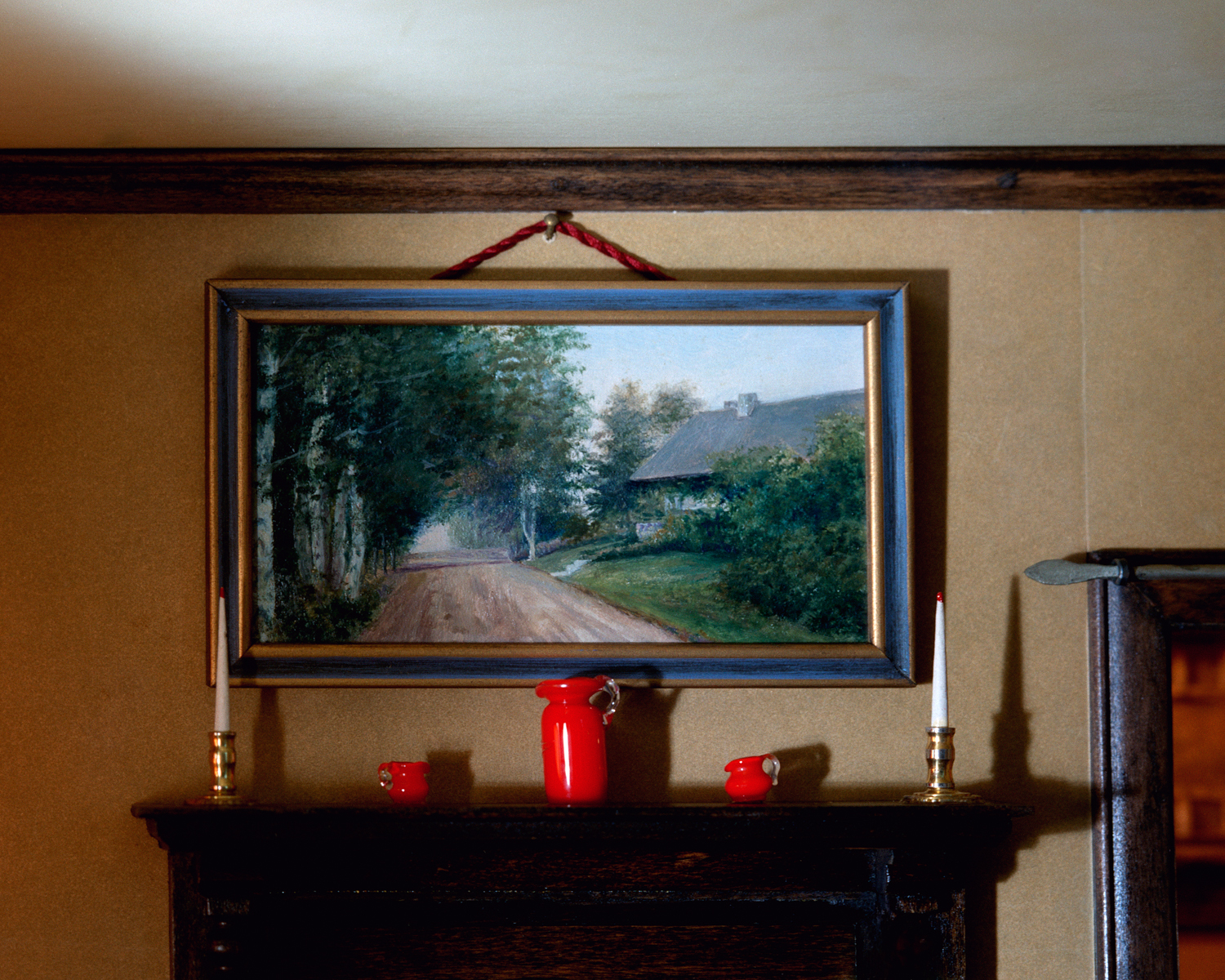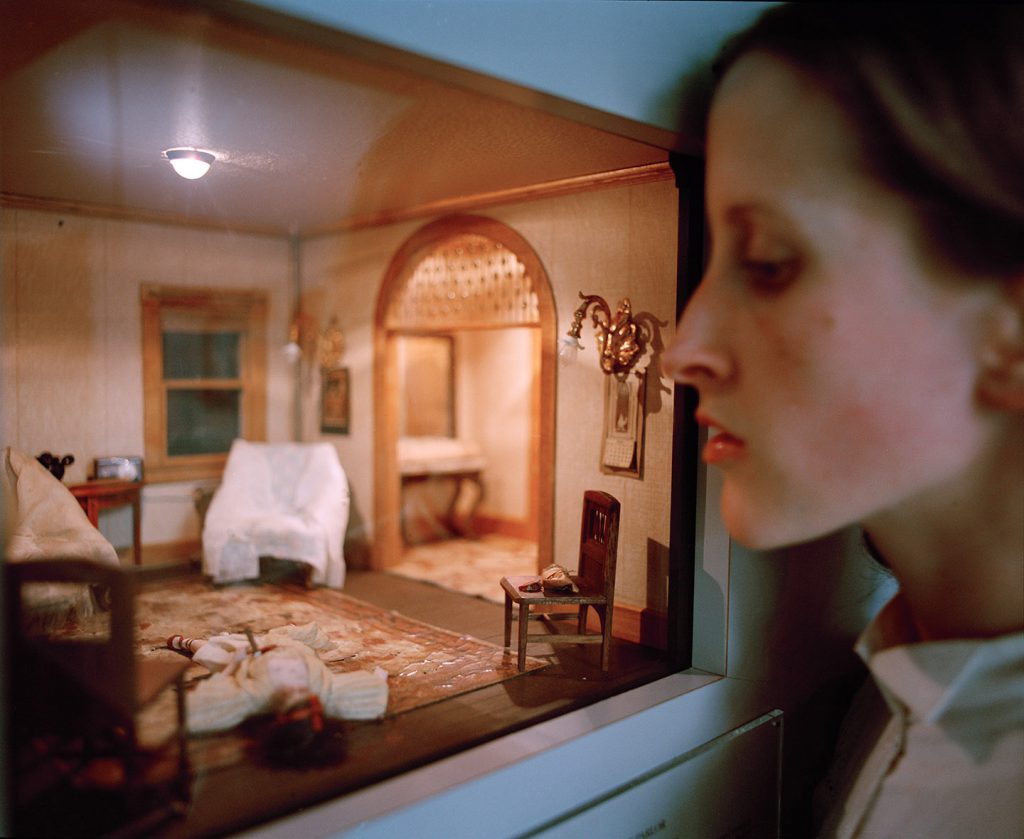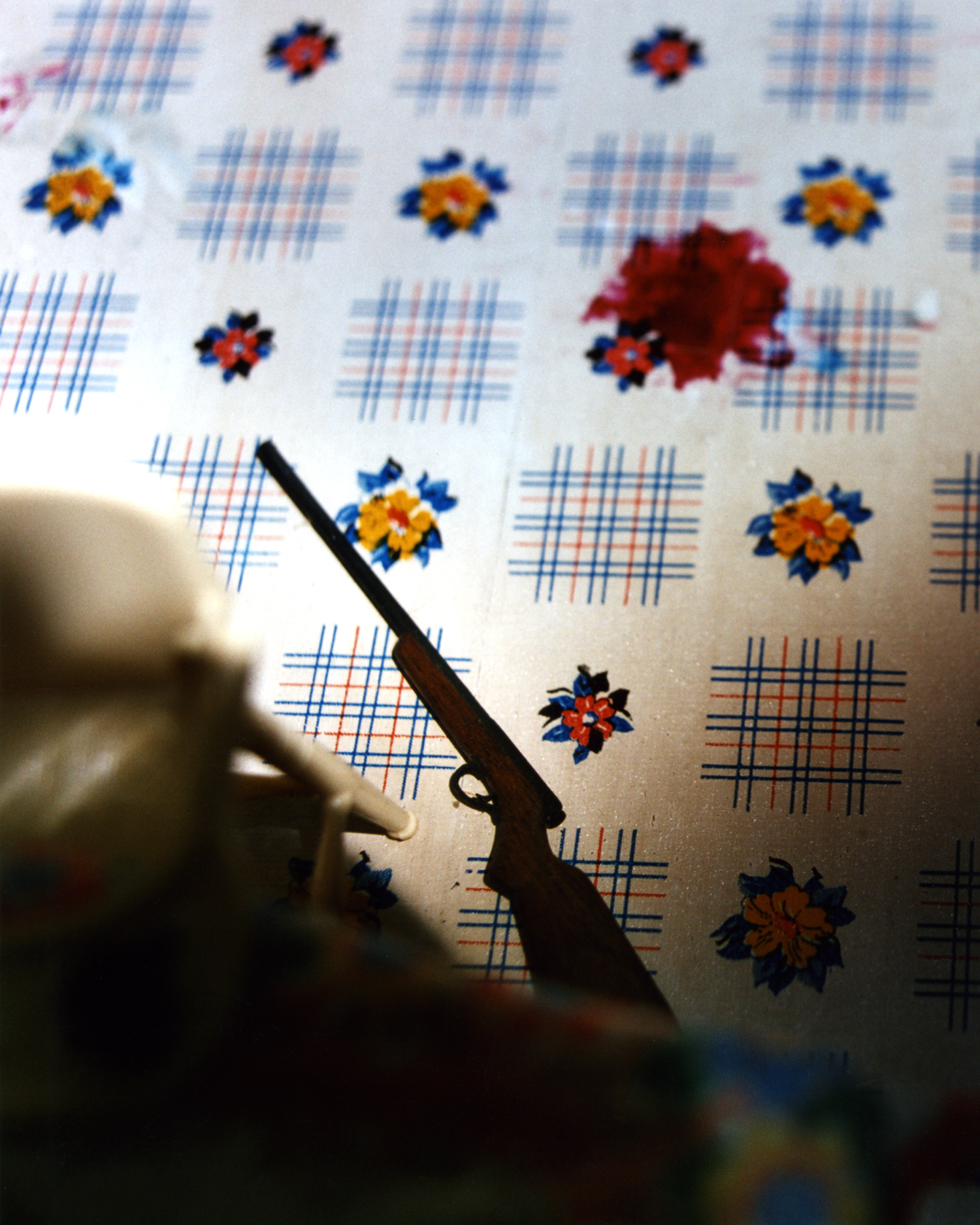Miniature Murder Scenes Photographed by Corinne Botz
| Website | Instagram | Nutshell Studies |
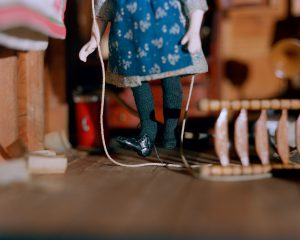
Tell us a bit about your background.
I am a Brooklyn-based photographic artist, writer, filmmaker, and educator whose practice investigates narrative, trauma, and the perception of space. I earned my BFA from Maryland Institute, College of Art and my MFA from Milton Avery School of the Arts, Bard College. In addition to the Nutshell Studies series, my projects have ranged from haunted houses, the homes of individuals with agoraphobia, personal belongings that were left behind after car accidents, everyday objects that were instrumental in violent deaths, hoarding, objectophilia, and medical simulations.
How did you first hear about Frances Glessner Lee’s work in criminology?
I found out about Lee’s models while working on a video about women who collect dollhouses. I met an obsessive dollhouse collector in Baltimore who was also a prosecutor. There were no dolls in her dollhouses because she saw murder and abuse in her daily occupation and wanted to create “perfect worlds.” I had a previous interest in crime scene photography so this really interested me. Our conversation led her to tell me about the models which are housed at the Baltimore Medical Examiner’s Office. When I saw the models for the first time in 1997, I couldn’t believe how my unrelated interests in dollhouses, crime, and gender, came together in such an unexpected way.
What was it about Lee’s work on the crime scene models that sparked your interest most?
The crime scene models are a rich amalgam of the period in which Lee lived, the crimes that captured her attention, her autobiography, biases, and idiosyncrasies. I love the interplay between real/fact and imaginary/fiction in the models.
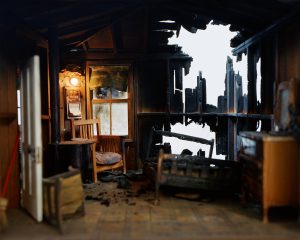
Care to share an early memory with miniatures?
I was around five years old and I can remember playing in the dollhouse and wondering if God existed, and if he existed I wondered if he could control my actions. Perhaps it was the godlike perspective offered by the dollhouse that led me to this train of thought.
Why are the Nutshell Studies still significant in today’s world of forensics?
They are still used for training because the ability to properly identify, evaluate, and preserve evidence at a crime scene remains a critical part of an investigation.
Was there one scene in Lee’s models that resonated most with you?
Parsonage Parlor has always held a special place in my heart. The scene depicts a young girl, Dorothy Dennison, who was brutally murdered. There is a romanticized quality to the girl’s outfit. She is wearing a white tunic style dress, red lace-up ballet shoes, a red belt and a red bow in her hair. Her matching red wallet is beside rancid hamburger meat. The victim is represented by the colors red and white; symbolic of innocence destroyed. The police report talks about Dorothy’s mother and there is a Madonna and Child painting on the wall. The horror of this happening to a young girl, my automatic consideration of the mother’s perspective, and the highly symbolic interior, is why this scene resonates most with me.
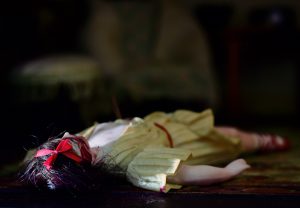
Are you planning to attend the Smithsonian exhibition of the Nutshell Studies of Unexplained Death?
Yes, I’m so excited about the exhibition. It’s fabulous that a wide public will have the opportunity to view the Nutshell Studies. I haven’t seen the models in years and it will be like reuniting with old friends. I will be part of a symposium at the Smithsonian in conjunction with the show.
Where do you seek inspiration for your photography?
I find inspiration through different forms of art and a variety of sources (literature, psychology, folklore, collections, dreams, found photographs, etc.). Reading and everyday life are a constant source of inspiration.
Any unsolved crime that particular speaks to you?
I’m most haunted by the recent unsolved serial killer case in Long Island.
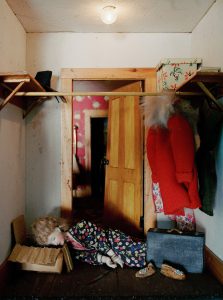
Favorite artists creating small scale work?
Hagop Sandaldjian who created “The Eye of the Needle” at The Museum of Jurassic Technology was brilliant. I also love Samara Golden’s miniature installation, “The Meat Grinder’s Iron Clothes,” which was part of the 2017 Whitney Biennial. My favorite book about miniatures is Susan Stewart’s “On Longing: Narratives of the Miniature, the Gigantic, the Souvenir, the Collection.”
What keeps you creating? What inspires you?
I pursue subjects because of both a personal and intellectual curiosity. Art is an integral part of my life and a means of communication – it’s not an option for me to stop creating!
What’s to come from Corinne Botz?
I have photographs in two upcoming group exhibitions, one of which has a miniature tie in: A Working Model of the World and Land & Memory.
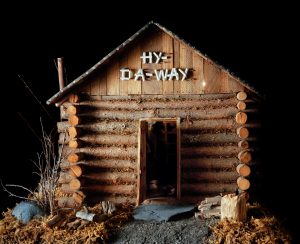
I’m also busy doing the film festival circuit with my short film exploring standardized patient medical simulations entitled “Bedside Manner.” I’m in the early stages of researching/photographing for two new projects – one of them involves an archive of medical
examiner/crime scene photographs that were given to me.
What’s something most people don’t know about you?
I have a honey collection that includes types of honey from around the world.
Photographic artist, writer and filmmaker Corinne Botz is based in Brooklyn. You can learn more about her work on the Nutshell Studies of Unexplained Death here. To see more of her projects, check out her website or request to follow along on Instagram.
